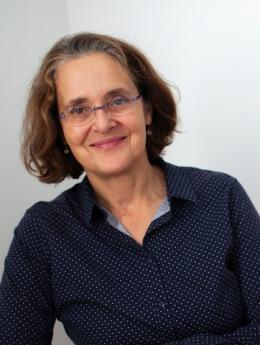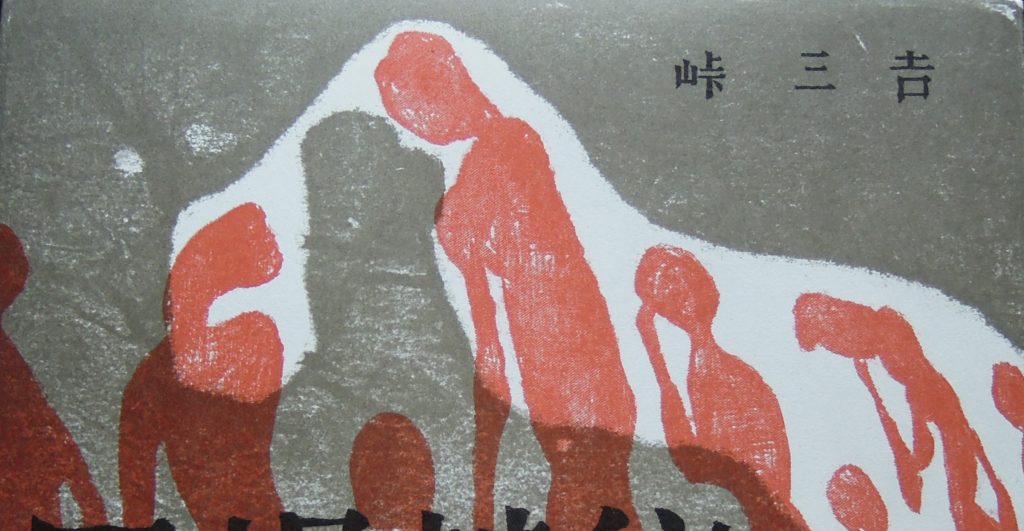Popular Protest in Post War Japan: The Antiwar Art of Shikoku Gorō
A new digital exhibit of Shikoku Gorō’s pictorial arts with poems is open to the public. This website provides readers with the full commentary on Shikoku’s works based on a thorough review of reliable sources. Such a complete, online introduction to Shikoku’s post-war activities is unprecedented in any language.

About Prof. Ann Sherif:
https://www.oberlin.edu/ann-sherif
About Shikoku Gorō (1924-2014)
Shikoku Gorō, a native of Hiroshima, was an artist, poet, and antiwar activist. He was interned for three years in Siberia. After returning home in 1948, he knew that his younger brother had died in the atomic bombing of Hiroshima. Shikoku’s postwar life started with these two bitter experiences.
The Website
On the Overview page, Sherif gives three questions to readers of this website in advance:
- How did Shikoku and other artists make their art and poetry visible and meaningful, despite their exclusion from the art and literary establishments?
- How did these books, pictures, and poems challenge viewers to envision their hometown in different ways from the atomic desert imagined from afar?
- How did Shikoku and other local activist artists advocate for social justice and oppose the nuclear arms race in the face of unresolved debates about Japan’s militarist and imperialist past?
Sherif gives these questions to readers not only to help them to appreciate Shikoku’s artworks, but also because she hopes the website will help them find the answer for a more universal question about what role visual arts and poetry can play in antiwar activities.
Shikoku’s postwar activities are divided into three main areas:
- Atom Bomb Poetry Collection. Shikoku’s antiwar activities in Hiroshima started as a member of “Our Poems Circle”. One of their activities was guerrilla art. In collaboration with other artists and writers, he put up street poem posters despite strict control by the police in the early 1950s.
- The Angry Jizo. Shikoku Gorō became famous in Japan for his illustrations of the children’s book Okori Jizo or The Angry Jizo. This book was created in collaboration with another Hiroshima native who lost family in the bombings, prolific children and young adult author Yamaguchi Yūko (1916-2000). Shikoku’s work as an illustrator contributed to conveying children’s war experiences to the next generation.
- Hiroshima Sketches. Shikoku left many sketches of Hiroshima. Sherif adds her explanations of historical and social backgrounds to each sketch.
“Expressing Hiroshima”
Many aspects of Shikoku’s life and work are available in this rich section of the website. For example, his entire body of work is shown in detail in “Expressing Hiroshima” which contains details about his drawing style and techniques, painting exhibitions, work on the Cenotaph, and much more.
Artistic Legacy
Since Shikoku’s death in 2014, supporters have honored Shikoku’s legacy with various performances and displays. An actress, Kiuchi Midori, read Shikoku’s anti-war poems aloud while showing his pictures on the screen. A drama group performed a play, Hiroshima no Kawa (Rivers in Hiroshima), which depicts how activists protested the Japanese government’s rearmament policy during the Korean War era. Shikoku’s art also has been shown to many people in Japan and abroad through exhibitions, publications of books, and media coverage.
Future plans for this project
Sherif expects the website to be used as teaching material for peace education and English language learning. Her wish meets Shikoku’s intention. According to his son, Shikoku Hikaru, Shikoku used to say that he didn’t expect people just to appreciate his artworks but to use them as means for antiwar activities.
(Tomoko Nakamura, Nancy Meyer)
